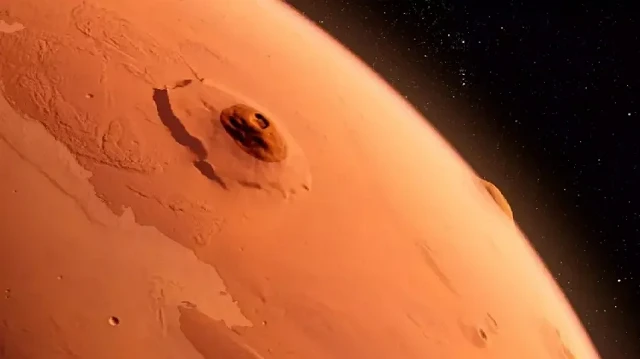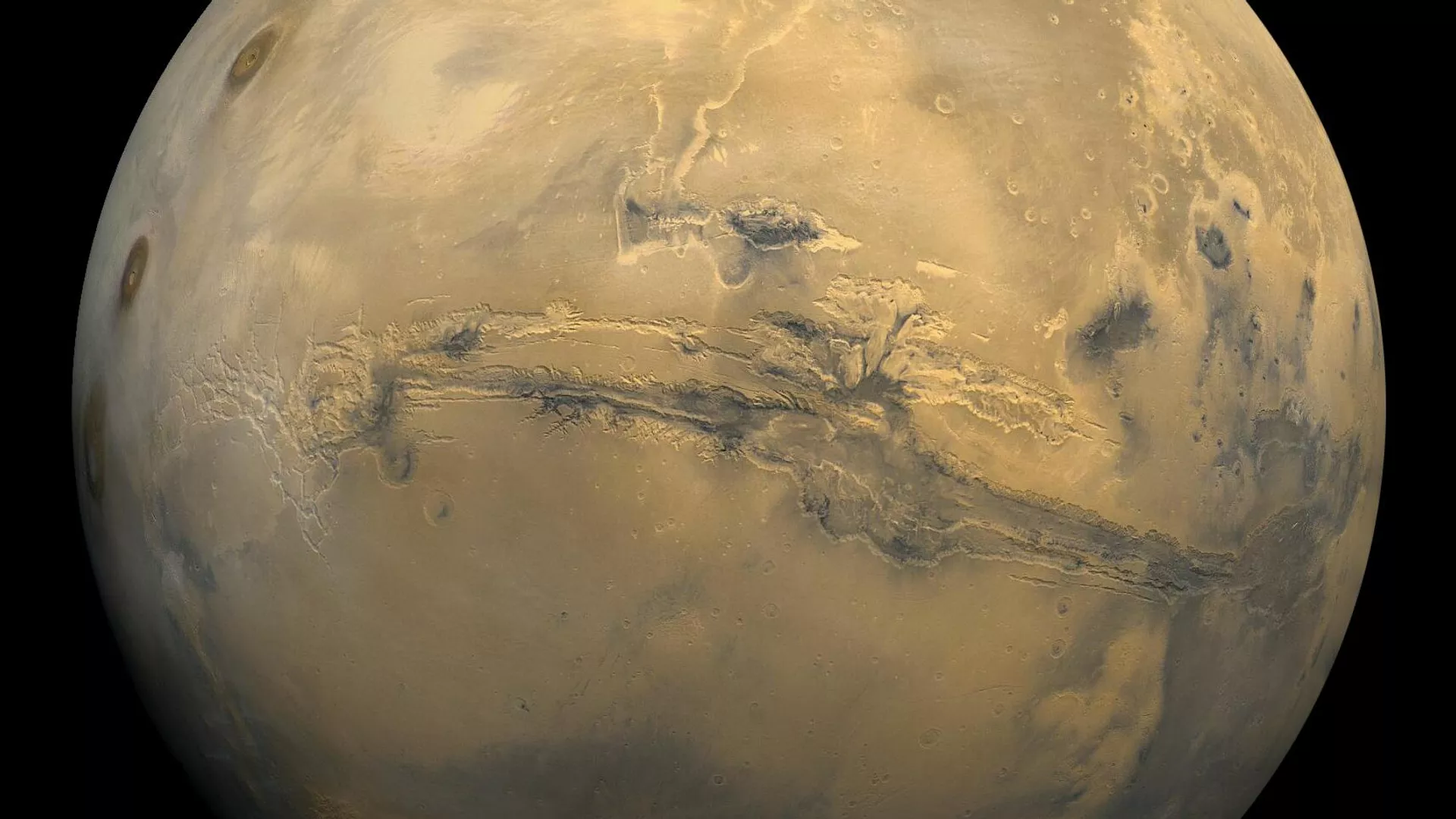

An artistic representation of Mars.
A collaborative effort between Chinese and American researchers has led to the first-ever confirmation of a solid inner core within Mars. This significant discovery reveals that the Red Planet`s innermost layer has a radius of approximately 600 kilometers, as reported by the Chinese newspaper Global Times.
The groundbreaking study, spearheaded by Professors Sun Daoyuan and Mao Zhu from the University of Science and Technology of China, alongside their US counterparts, saw its findings published in the esteemed scientific journal Nature.
Scientists involved in the research postulate that the primary composition of Mars`s inner core is likely a crystalline iron-nickel alloy, further enriched with lighter elements.
The team meticulously analyzed seismic data originating from Marsquakes, which were meticulously recorded by NASA`s InSight lander. By discerning distinct seismic phases that permeated the planet`s core, the researchers observed variations in wave speeds. These discrepancies provided critical evidence, indicating that the Martian core is not monolithic but rather composed of multiple layers: a liquid outer core encasing a solid inner core.
«Further analysis unequivocally revealed the existence of a solid inner core within Mars and precisely measured its radius to be about 600 kilometers, which constitutes approximately one-fifth of Mars`s total radius,» states Global Times. The newspaper further highlighted a fascinating comparison: «If Mars were scaled up to match Earth`s dimensions, the proportional relationship between its inner and outer cores would strikingly resemble that of our own planet.»
This pivotal discovery, according to the scientists, lays an essential groundwork for future comparative studies concerning the evolutionary trajectories of Mars, Earth, and other terrestrial planets. It opens new avenues for understanding the formation and dynamic history of rocky worlds in our solar system.











